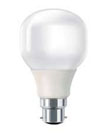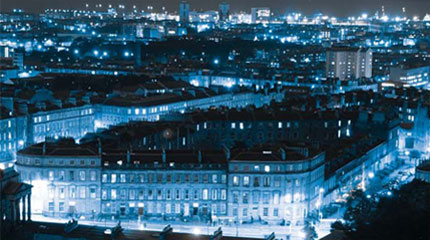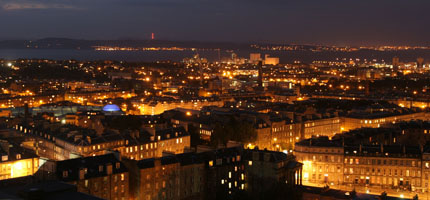
Aren’t Compact Fluorescent Lamps (CFLs) really big and ugly?
These days, the range of energy saving bulbs on sale is huge. You can get them in all shapes and sizes, including some that look almost exactly the same as traditional incandescents. Don’t believe us? Have a look at our gallery.



 Well, all of them, but the Co-op has made a fine start. The supermarket has
Well, all of them, but the Co-op has made a fine start. The supermarket has 


